Ask any seasoned showman, and they’ll tell you: halter breaking is where it all begins. Leading a Brahman calf, an Angus heifer, or any other breed into the show ring takes more than good genetics. Proper training is what separates a confident, controlled performance from an uncooperative disaster.
At V8 Ranch, we’ve halter broken more cattle than we can count. We’ve been in the business long enough to know that the best show animals aren’t just born—they’re trained. And that training starts with a rope halter, a lead rope, and plenty of patience.
What Is Halter Breaking?
Halter breaking trains calves to wear a rope halter and respond to a lead rope, improving safety, reducing stress, and preparing them for handling and the show ring.
This training starts when calves are 3 to 6 months old, an ideal age for learning while still being manageable. The process takes place in a small pen or squeeze chute, helping the calf adjust to human interaction in a controlled setting.
Halter breaking involves three key steps:
- Getting comfortable with the halter – First, we introduce the rope halter and let the calf wear it without pressure.
- Applying gentle pressure – Using a lead rope, we teach the calf to respond by stepping forward instead of pulling back.
- Building consistency – Short, daily training sessions reinforce trust and responsiveness, setting the calf up for success.
With patience and repetition, calves become well-mannered, confident, and easier to handle in any environment.
Why Is Halter Breaking Is Important?
Halter breaking isn’t just about making a calf easier to handle—it’s about setting them up for a successful future. Here’s why every cattleman should prioritize it:
1. Safety for Cattle and Handlers
Young animals—especially an untrained calf can be unpredictable—and a 600+ pound Brahman cow or bull that panics isn’t something you want to wrestle with. A gentle calf calf is safer to handle in the show ring, easier to manage in a chute, and more cooperative during routine health checks or when being shipped off to its new home.
2. Less Stress, Better Performance
Calves that are used to human interaction are calmer, healthier, and perform better in the show ring. They don’t spook at loud noises, unfamiliar environments, or the presence of judges and crowds.
3. Competitive Showing Requirements
In the world of show life, presentation matters. Judges aren’t just looking at structure and muscle—they’re evaluating how well an animal presents itself. A calf that walks smoothly, responds to a show stick, and sets up properly has a major advantage.
4. Improves Marketability
Halter-broken cattle command higher prices. Buyers looking for show prospects, Brahman breed replacements, or even sale barn cattle value animals that are quiet and calm. Docile cattle are easier to manage, transport, and transition into a new herd.
5. Lays the Foundation for Long-Term Training
A calf that learns to trust humans early is easier to work with throughout its life. Loading into a trailer, standing for grooming, and transitioning into a breeding program all come more naturally to a halter-broken calf.
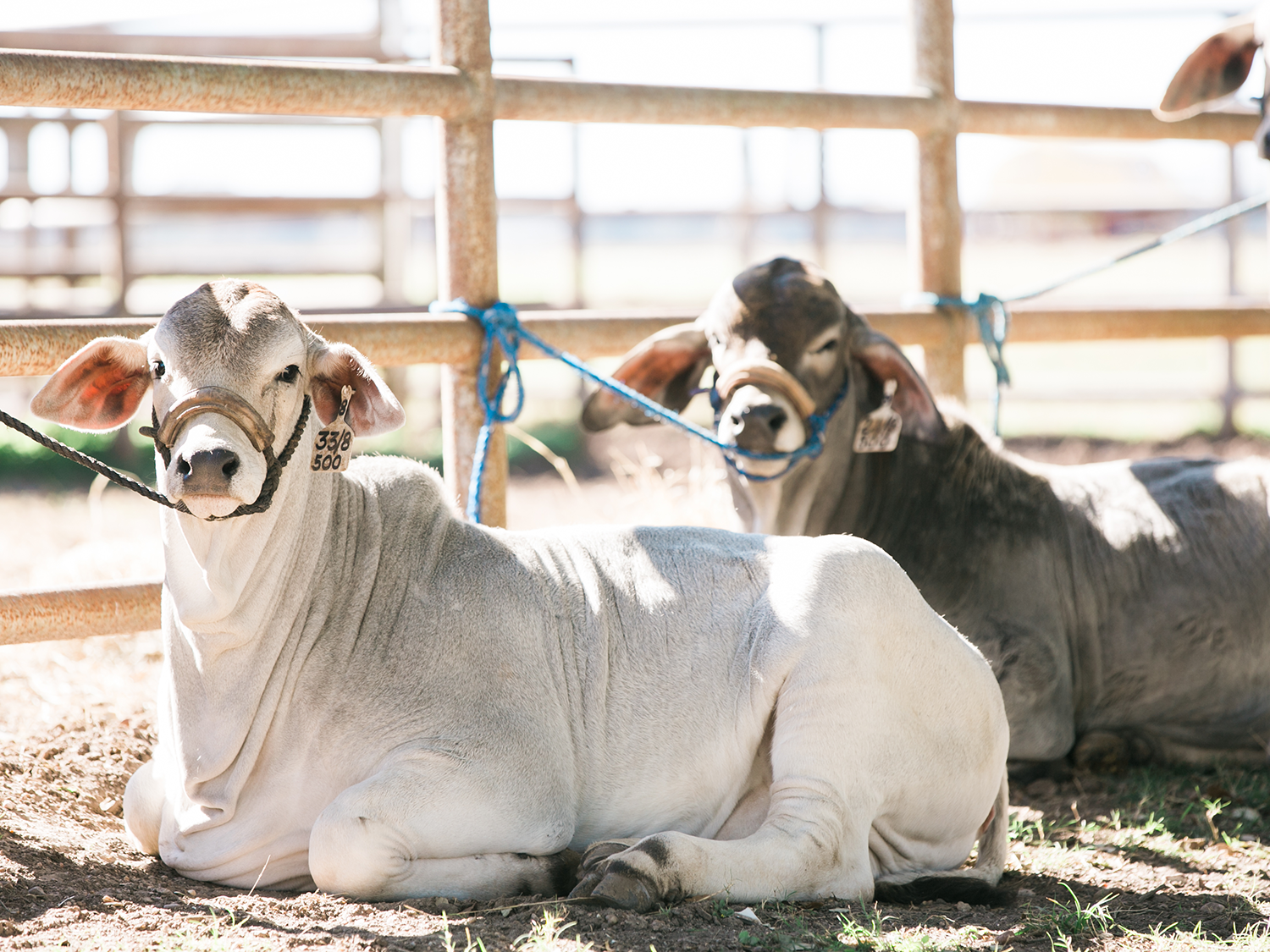
The Foundation of Success
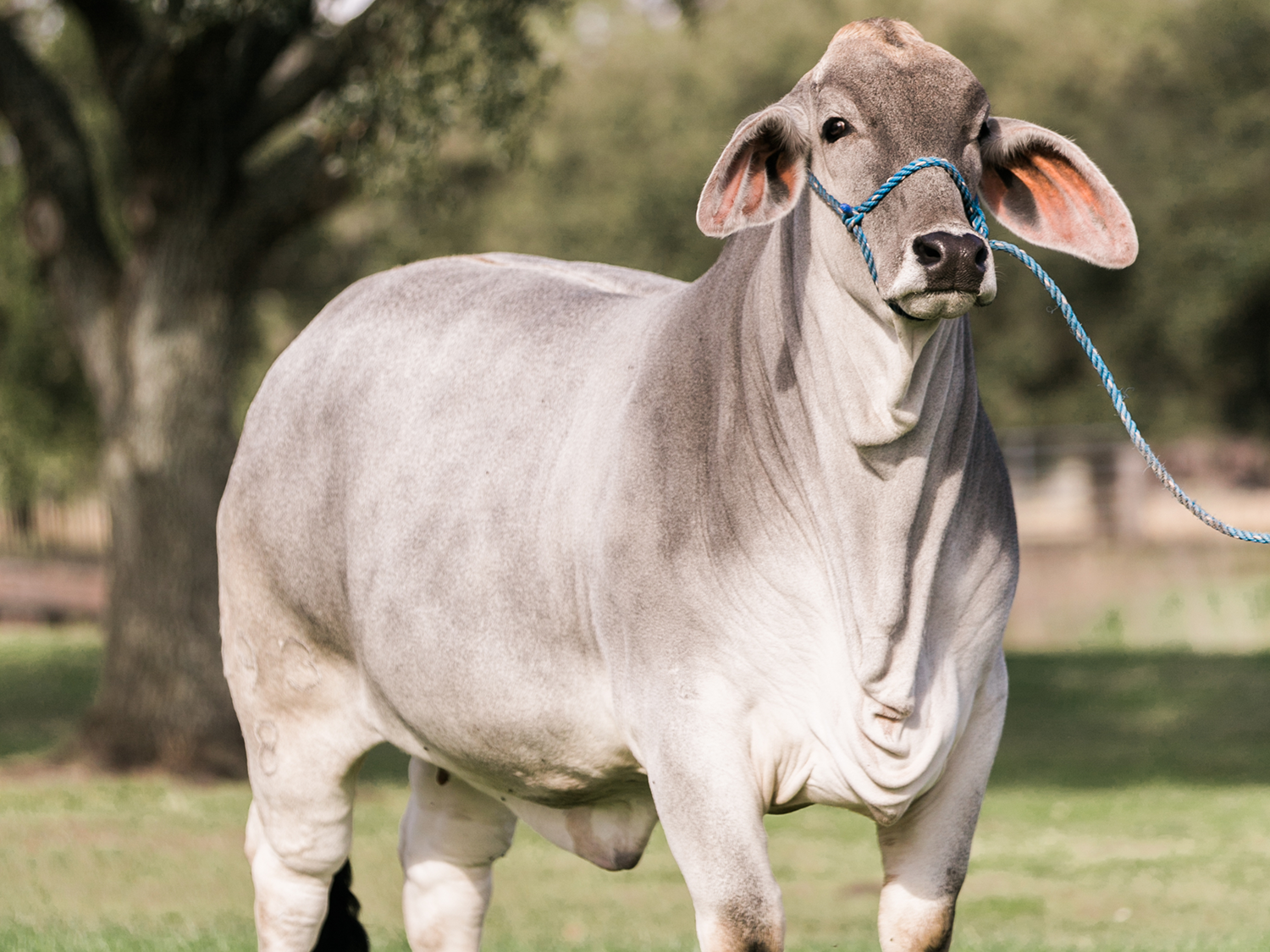
Marketability Matters
Halter-broken cattle are easier to sell, transport, and transition into new herds.
How To Halter Break Your Cattle
We’ve put together “The Ultimate Guide to Halter Breaking: A Step-by-Step Approach for Show Cattle Beginners.” It’s packed with pro tips, step-by-step training instructions, and everything you need to get your calves show-ready.
Get your free copy and start training your cattle the right way!
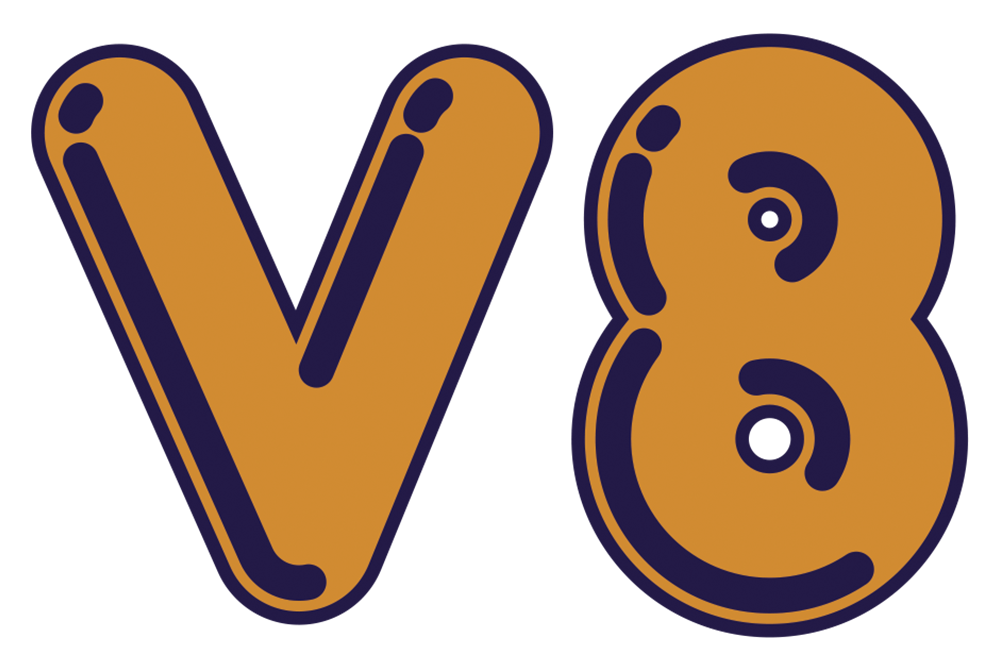

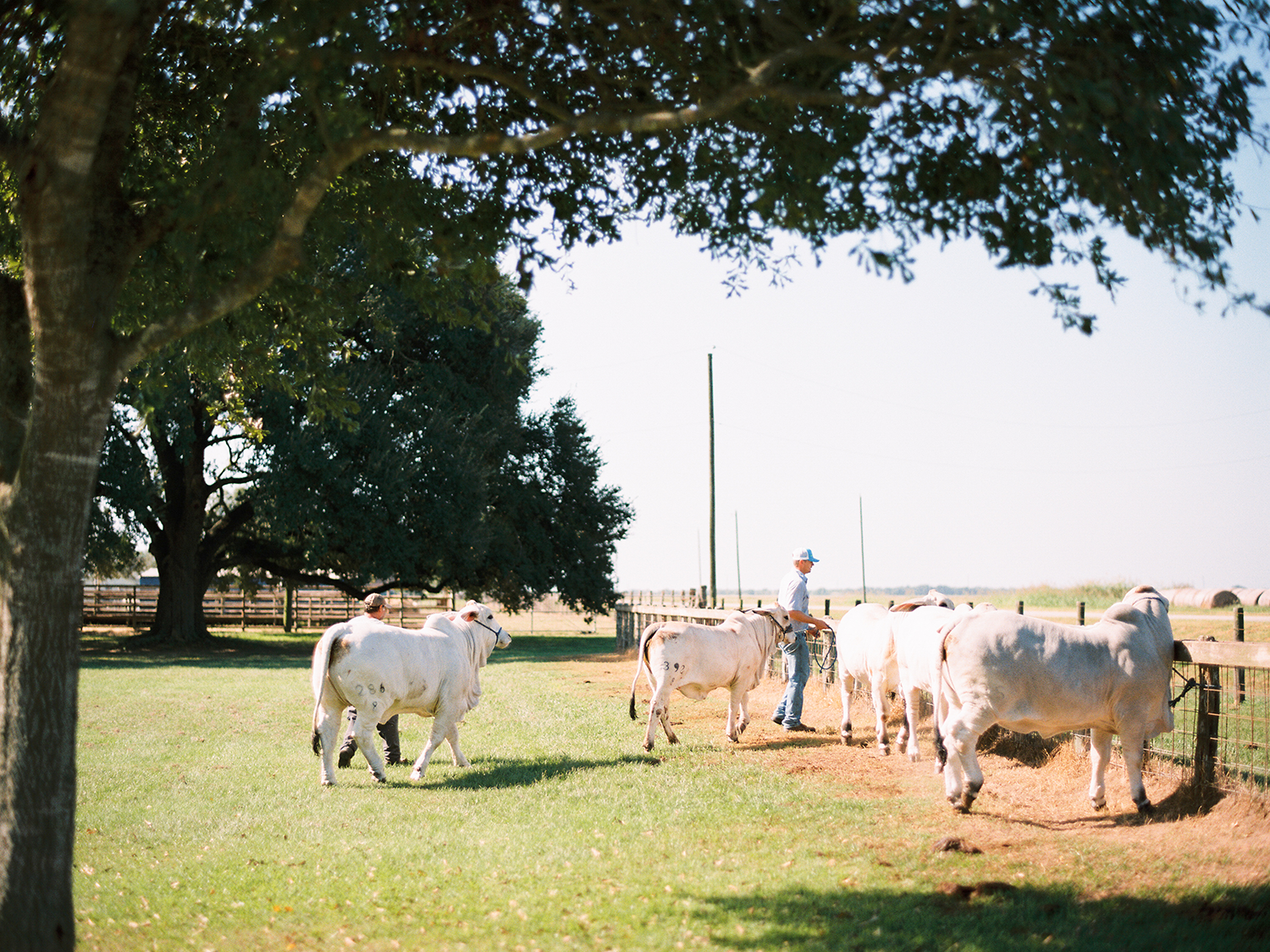
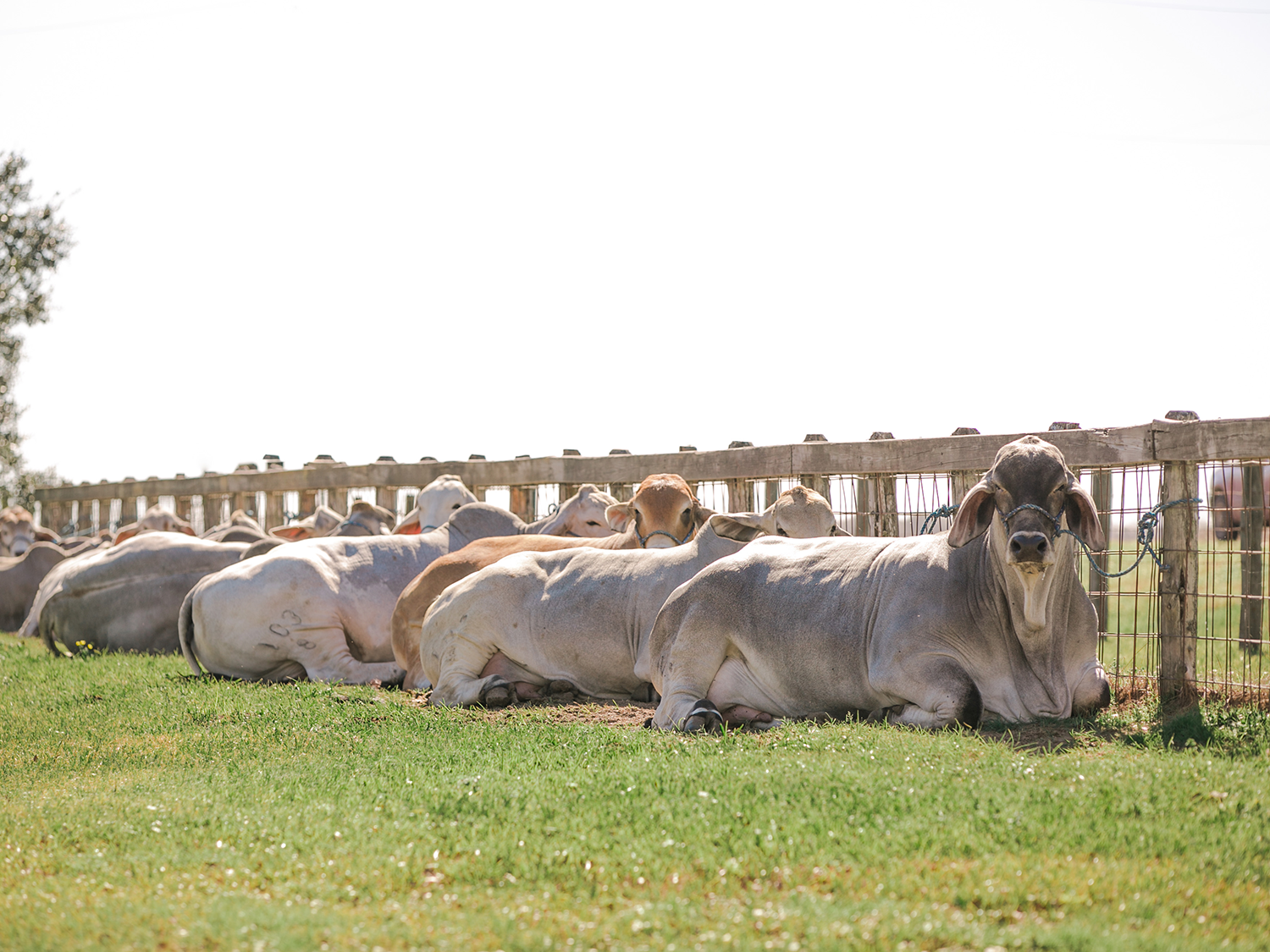

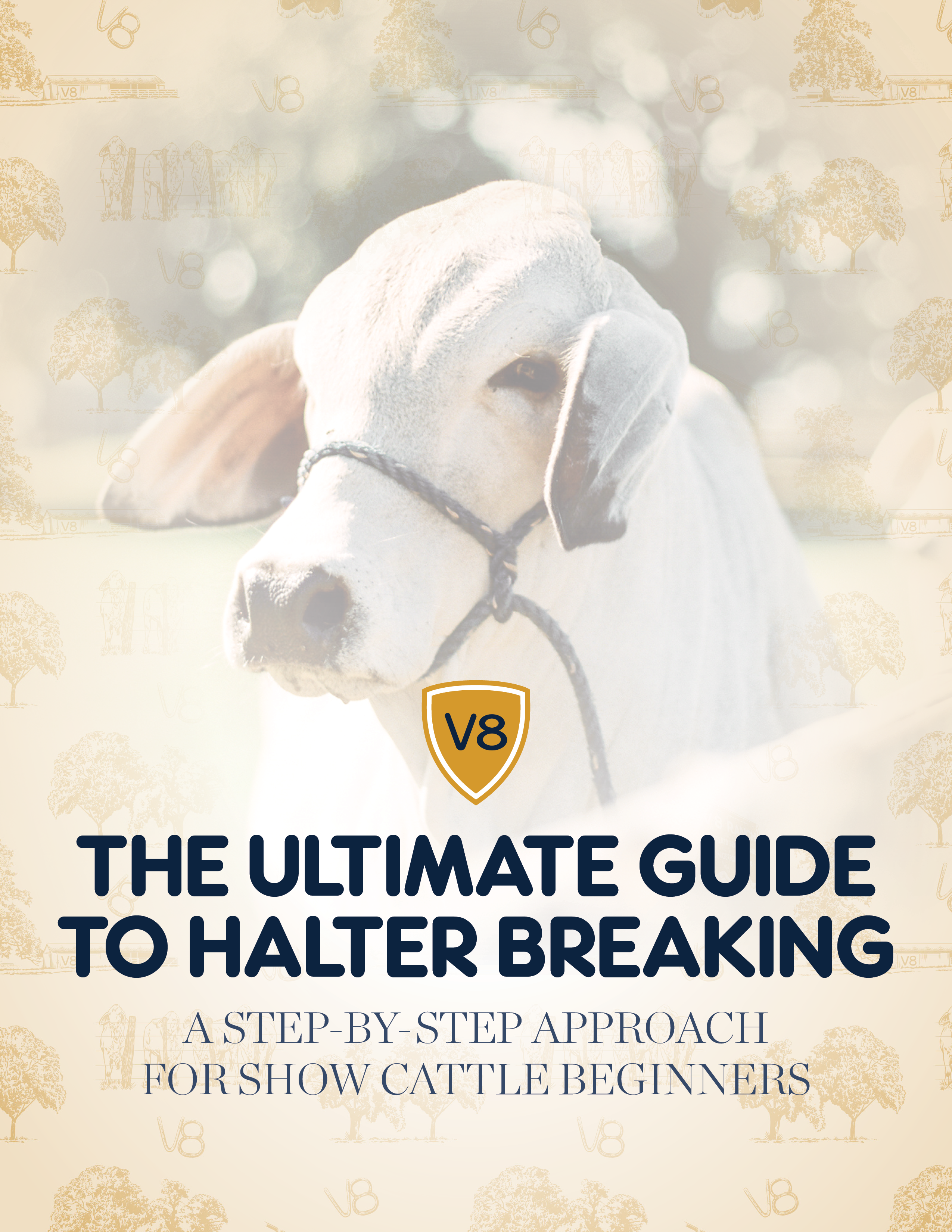
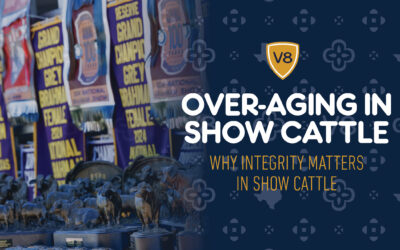

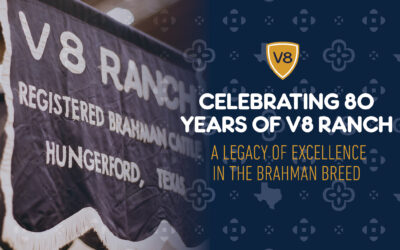

0 Comments